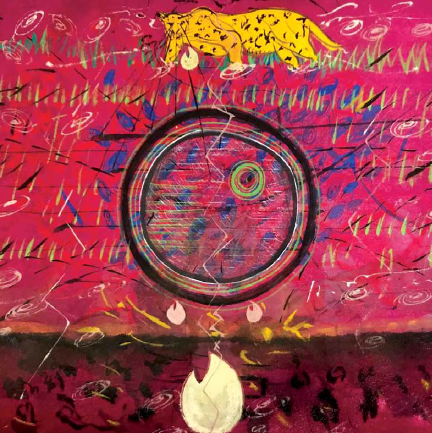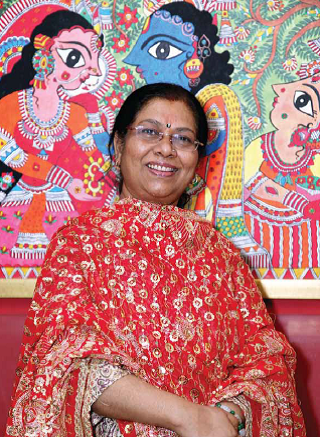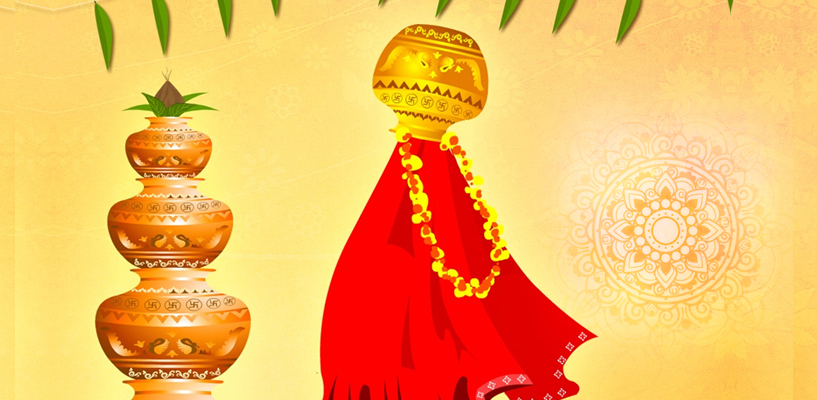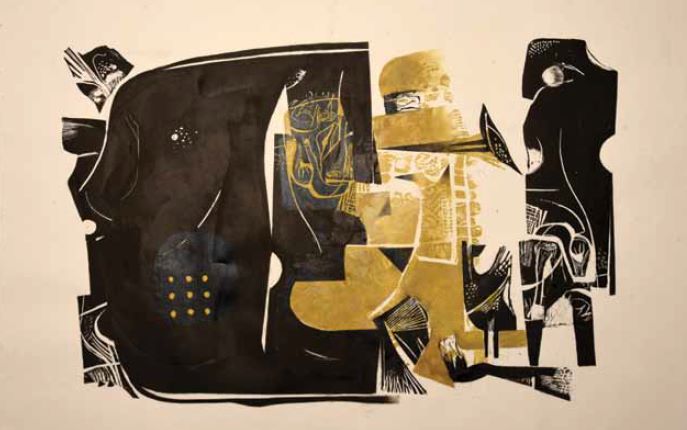
Ranjith Raghupathy’s work reflects his fascination for the human situation and what he tries to achieve in all his works is a demystification of reality and established icons TEXT: TEAM ART SOUL LIFE
Imagine growing up with an artist mother or father. Watching them create art or making work together could spark your artistic passion. And, influenced and inspired by your parents’ creativity, there’s a good chance you grow up to become an artist. Historically, there are some famous, artistic families whose children seemed destined to become artists themselves. Even today, there are many contemporary artists whose children have decided to pursue the dream of becoming an artist as well. The Raghupathy family from Thiruvananthapuram, Kerala, for instance, has produced three generations of artists: Kerala-based O.V. Achari was an eminent sculptor and painter, who got the Kala Ratna award for his artistic skills from the Maharaja of Travancore in 1964. His son, V. M. Raghupathy, was also a renowned portrait artist. Now his son, Ranjith Raghupathy (b. 1974) has also found his niche in painting. Like the Rahupathys, several families make up the list. The amount of artistic talent that often spans generations has caused many researchers to wonder if there isn’t something heritable about creativity. But that’s the subject for another day. Today, we focus on Pune-based Ranjith Raghupathy.
“My passion for art began at a very young age and just after finishing my education in art, I began experimenting with diverse styles in painting…an intense search to find my flair in creating figures and blending colours. ‘Red’, my first show, was a series and experimentation with different shades of red as I was in love with the colour,” says Raghupathy, who did his Diploma in Fine Arts (Painting) from Kerala University.
 “The experiment was figurative as well as abstract, using vermillion, scarlet, crimson, and maroon, which indeed I felt were very deep and vibrant to express my thoughts. The result was remarkable both from my angle and viewers’ point of view,” he adds. The appreciation he received inspired him to work on two more series, ‘Blue’ and ‘White’. “In ‘Red’, the medium was acrylic on handmade papers, while in ‘Blue’ it was oil on canvas. I was trying to blend figures with cobalt, marine, and Prussian shades to make the paintings intense and rhythmic. ‘White Series’ was entirely abstract, focusing on the transparency of white shade on the lines and other colours,” he explains. Raghupathy, whose colourful artwork has found takers all over the world, says he pursues the theme ‘life’ in general. “From history to the present day, the lives of humans have always created curiosity in me. How he survives, how he dreams, how he interacts with others…all his acts create enthusiasm in me,” he says. “I believe it is my delegation. I observe life through art.
“The experiment was figurative as well as abstract, using vermillion, scarlet, crimson, and maroon, which indeed I felt were very deep and vibrant to express my thoughts. The result was remarkable both from my angle and viewers’ point of view,” he adds. The appreciation he received inspired him to work on two more series, ‘Blue’ and ‘White’. “In ‘Red’, the medium was acrylic on handmade papers, while in ‘Blue’ it was oil on canvas. I was trying to blend figures with cobalt, marine, and Prussian shades to make the paintings intense and rhythmic. ‘White Series’ was entirely abstract, focusing on the transparency of white shade on the lines and other colours,” he explains. Raghupathy, whose colourful artwork has found takers all over the world, says he pursues the theme ‘life’ in general. “From history to the present day, the lives of humans have always created curiosity in me. How he survives, how he dreams, how he interacts with others…all his acts create enthusiasm in me,” he says. “I believe it is my delegation. I observe life through art.




When I look at my surroundings, I feel that they have been created for me to draw. When I interact with others, I feel that the incident has been created for me to think and find a theme for my next canvas. So I believe everything around me has been created for me to redefine.” Raghupathy says after the three solos, a drastic change appeared in his style, unknowingly. “The figures with antique characteristics appeared as if from nowhere, might be under the influence of my extensive reading and exotic travels,” says the artist, who was a regular to Kochi, a city with its share of ancient synagogues and Jewish settlements. “I started sketching them, their lifestyles, and peculiar human faces, which in turn reflected in my paintings. Soon, some queer incidents in my family forced me to migrate to another place, which influenced me to begin an ‘Untitled’ series depicting antique figures and dull earthy shades. Burnt sienna and sap green were dominating all over the canvas. Strange enough, I followed the same style for almost six years,” he informs. Raghupathy’s work reflects his fascination for the human situation, the untangling of inextricable philosophies, and the psychology of man’s existence. According to the artist what he tries to achieve in all his works is a demystification of reality and established icons, and juxtaposes it with what he considers the anthropological descent of man.


Experimenting with various media, trying to create a textural identity in his works, and adopting different techniques to transfer onto canvas the images in his mind’s eye, he displays restraint. In some works, he has taken the work out of the confines of a well-defined space by working on sheets with unfinished outlines. The effect achieved is one of irregularity, yet set into a frame, the work acquires a special look about it. Working in vibrant shades of red, blue, indigo, and crimson and moving with equal ease to the dull shades of brown and yellow, the frames are arresting. One cannot miss the predominance of red in his collection. Raghupathy explains, “Red fascinates me. My ‘Red and white series’ was in a way an exercise in purging myself of this obsessive influence of red. Even now it enters my works and the catharsis is complete only when I translate my urge onto the canvas,” he says. The human figure, in most of the paintings, has an imprint of the prehistoric and the Renaissance image, to portray the tension between illusion and reality. Despairing about the no-win situation that man finds himself in, is something that haunts him. Commenting on the frequent use of empty canvas texture in some of his works, he says the whole process of freezing on canvas a white shade lends starkness to the work. Unfettered by the baggage of a structured academic approach, the artist experiments and succeeds in creating an impact through his palette expression.









 " >
" >
 " >
" >